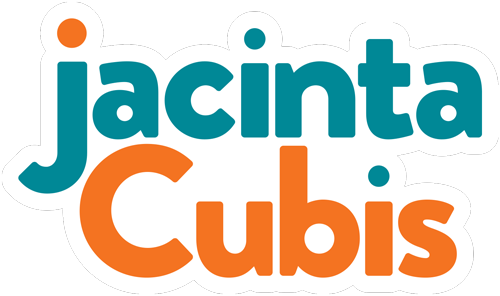The man who mistook the cat for a teddy.*
'Our eyes are far too good for us. They show us so much that we can’t take it in, so we shut out most of the world, and try to look at things as briskly and efficiently as possible.'
So begins James Elkins fascinating book, How to Use your Eyes. Elkins is Professor at the School of the Art Institute of Chicago.
A plumber named Des demonstrated just the sort of briskness and efficiency one hopes to find in a plumber as he replaced a broken basin last week.
He noticed our cat, perched on top of the stereo as he was leaving.
He did a double take. “Is she real? She’s so still and quiet.”
As if in response, she slightly shifted her weight. He was truly delighted to see her move.
“She looks like a teddy bear.”
I reckon Elkins would applaud Des’ ability to notice, to appreciate what he describes as the “…ordinary stuff of life.” Stuff we might ‘see’ but usually ignore. Like a domestic, short-haired, tuxedo cat.
Elkins looks at the cracks on the surface of oil paintings, rather than the paintings themselves. At the imperfections in pavements. At the underpasses under roads and bridges, not the engineering feats above them.
Des told me that seeing things in people’s homes was one of the best things about his job.
I reckon Des looks at the world like a street photographer. It sounds like he often finds the extraordinary in his glimpses of the ordinary. Perhaps like the approach of English street photographer, Johanna Neurath who, ‘….constantly reminds us that the everyday is eminently photogenic.'
We are seeing a lot more of each other’s ‘everyday’ lately. One regular blog reader told me last week that she’s seeing more of her colleagues lives than she ever imagined before.
It sounds like this is a common experience for many as we beam into each other’s personal spaces for meetings and workshops.
Instead of ‘checking in’ verbally around the group – which can be tedious if it’s a large one – how about a visual check in. Find something to share with your group from your ordinary, everyday world. It could be in your at home work space, a view out your window, something on your shelf – or your pet. A goat joined us – briefly – for one recent video meeting.
Have a go finding the extraordinary in the ordinary with this week’s #Facilitography exercise.
Text or call a few friends or colleagues and get them to join in. Here are your instructions:
📷 Find an ordinary, everyday object in your home. Something that just ‘sits there’, that could go unnoticed.
📷 Look at it for 5 minutes. From different angles if you like.
📷 Then take a few photos of it.
📷 Share one photo in a What’s App group with your friends.
📷 Have a chat about your photos.
What do others see in your photo? What questions does it prompt? Why did you take that photo?
*with apologies to Oliver Sacks.
If you’d like to find new ways of seeing, re-frame and find the unexpected, join me at my Virtual #Facilitography Walkshop on 28 April, 11am – 12.30pm in my Zoom meeting room. We’ll take photos but you don’t even have to leave your home.
Early bird price of $125 (ex-GST) if you book by 5pm Wednesday 23 April.
There’s one on the last Tuesday of every month until September – details here.
📷 26 May
📷 30 June
📷 28 July
📷 25 August
📷 29 September
See what people say about my #Facilitography Walkshops. Watch here.


